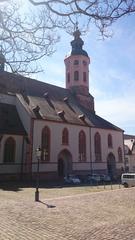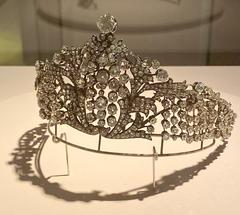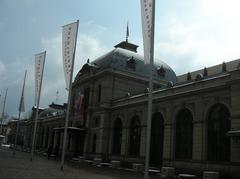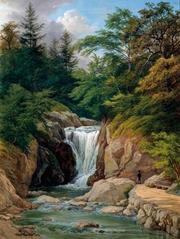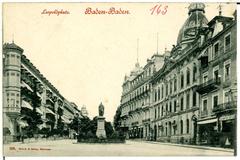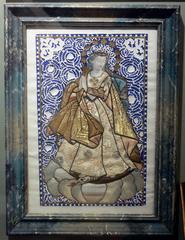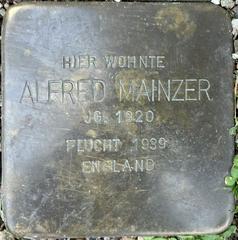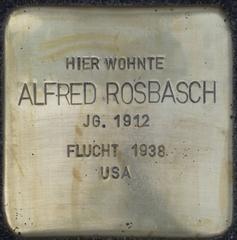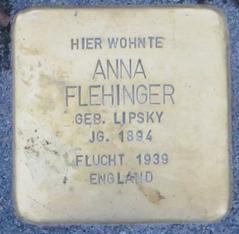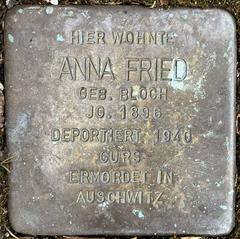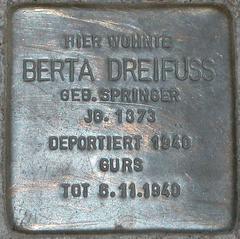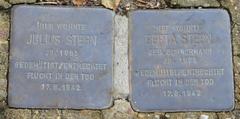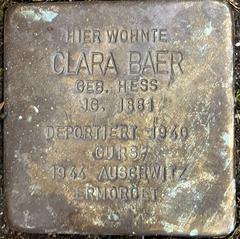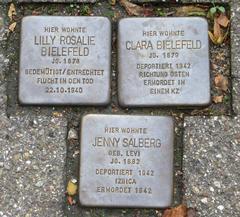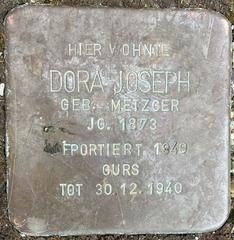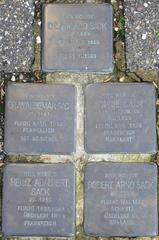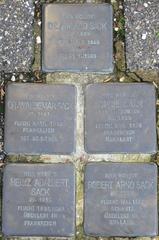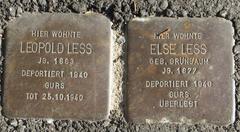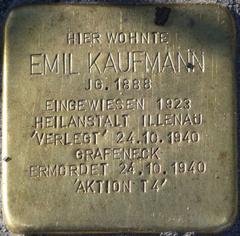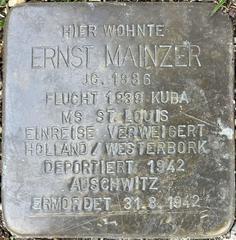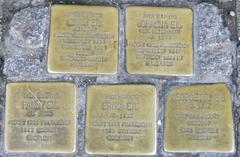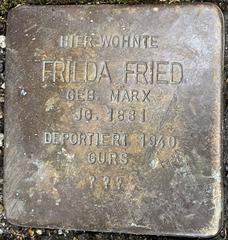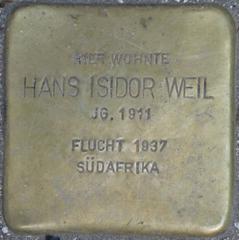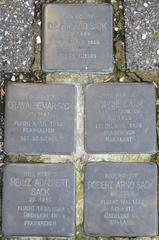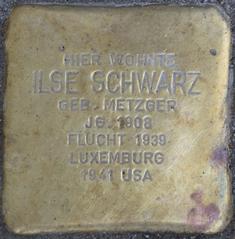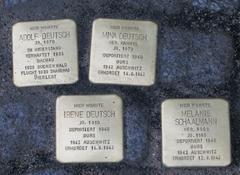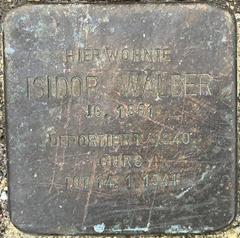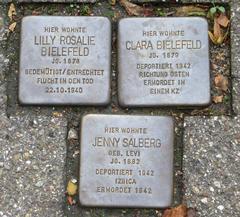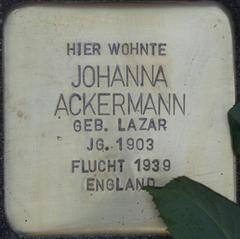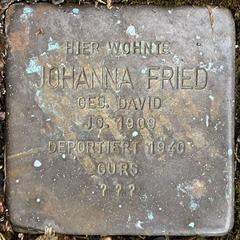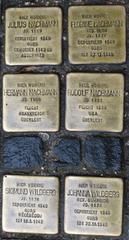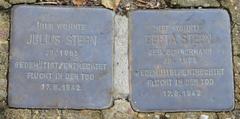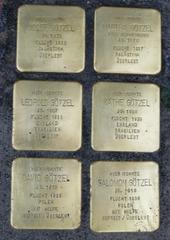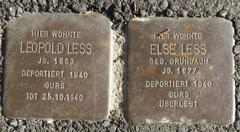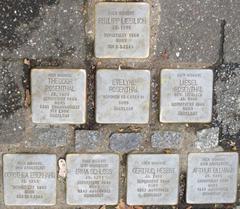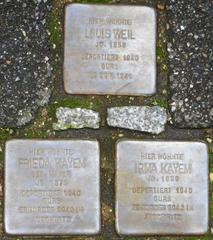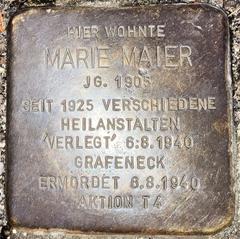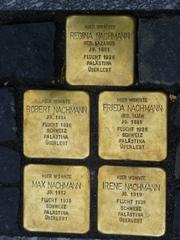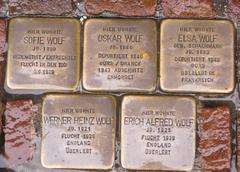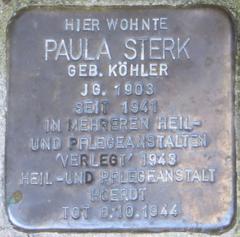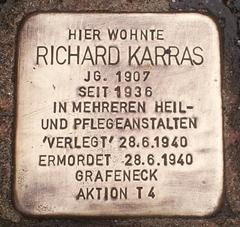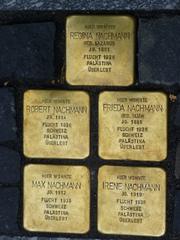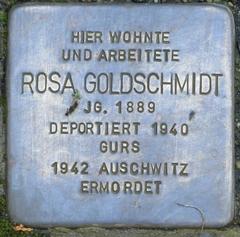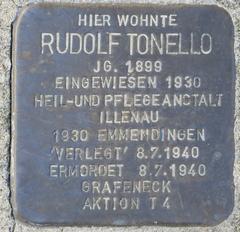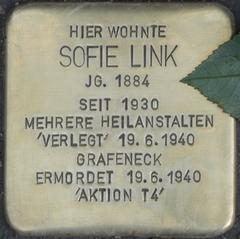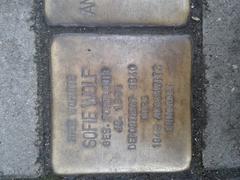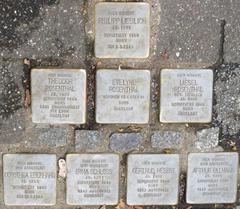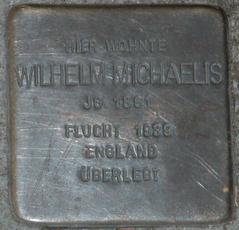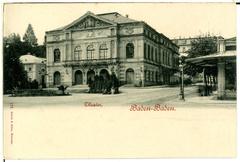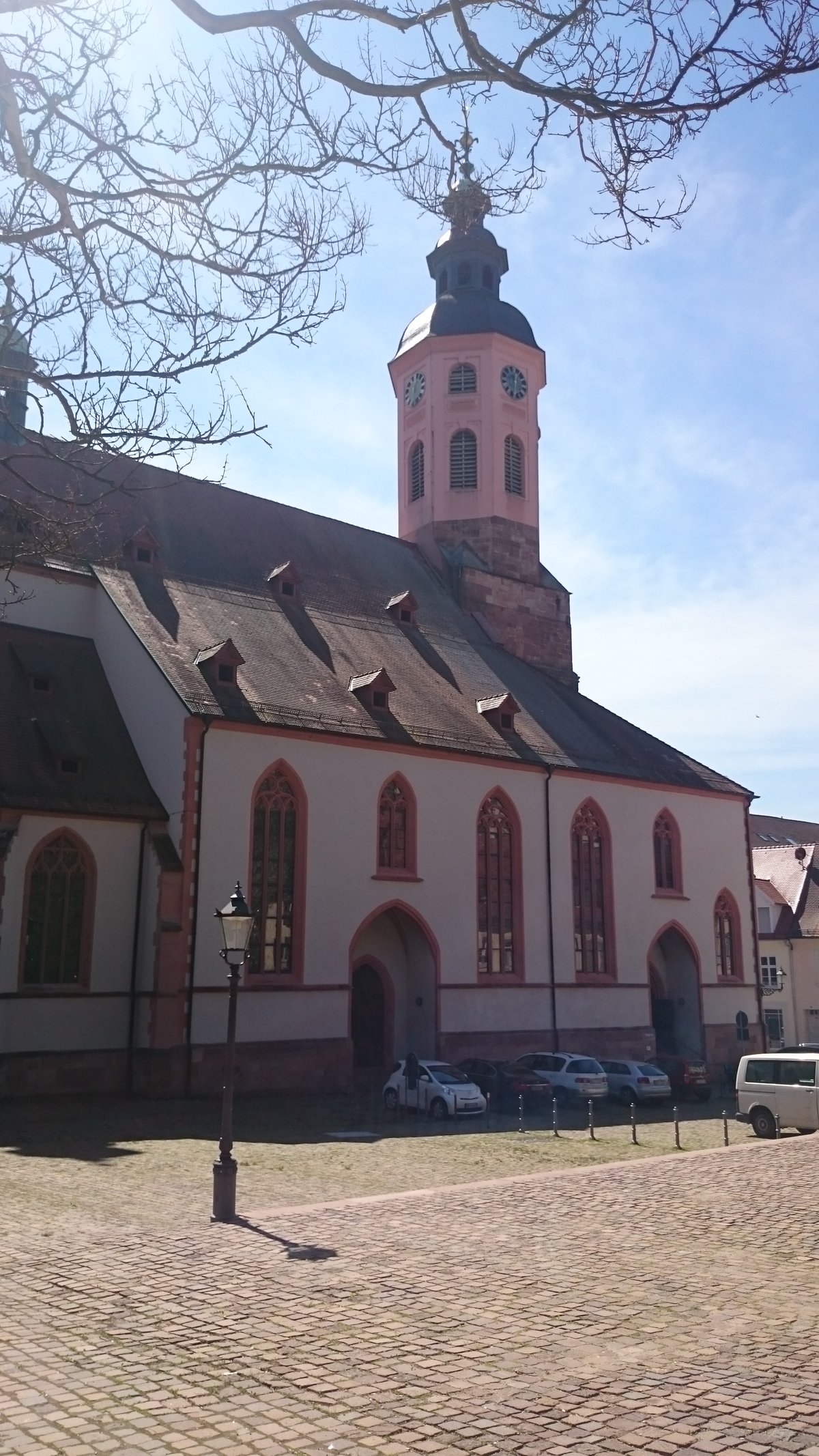
Visiting Hours, Tickets, and Historical Sites of Stiftskirche, Baden-Baden
Date: 31/07/2024
Introduction
Nestled in the heart of Baden-Baden’s old town, the Stiftskirche, also known as the Collegiate Church of Our Lady, is a historical and architectural marvel that has stood the test of time. First mentioned in a deed of gift from Emperor Otto III in 987, the church’s origins trace back to the Romanesque period (Stadtwiki Baden-Baden). Over the centuries, it has undergone significant transformations, incorporating Gothic and Baroque elements that reflect the dynamic history of the region. The Stiftskirche not only serves as a place of worship but also stands as a testament to the cultural and architectural heritage of Baden-Baden. Recognized as a cultural monument of particular importance, the church is part of the UNESCO World Heritage district in the city (Tourism BW). This comprehensive guide will provide you with detailed insights into the church’s rich history, practical visitor information, and tips for making the most of your visit.
Table of Contents
- Introduction
- History of Stiftskirche, Baden-Baden
- Visitor Information
- Frequently Asked Questions (FAQ)
- Conclusion
History of Stiftskirche, Baden-Baden
Early Beginnings and Romanesque Period
The Stiftskirche in Baden-Baden, also known as the Collegiate Church of Our Lady, is a significant historical and architectural landmark. Its origins date back to the Romanesque period, with the first documented mention in 987. The church’s initial construction phase saw the establishment of a Romanesque basilica, characterized by its robust and simplistic architectural style. The four-story tower shaft made of red sandstone blocks and the lower parts of the triumphal arch between the nave and the choir room are remnants from this period.
Gothic Transformation
The church underwent significant transformations during the Gothic period. Between 1453 and 1474, the nave and choir were rebuilt in the late Gothic style. This period marked the elevation of the church to a collegiate church by Jakob I, fulfilling a vow made by his father, Bernhard I. The establishment of the collegiate chapter included twelve canons and ten vicariates, tasked with maintaining the graves and praying for the souls of the deceased members of the House of Baden.
Baroque Reconstruction
The Stiftskirche faced severe damage during the Palatinate War of Succession in 1689 when French troops set fire to the city. The church’s roof and tower were destroyed, and the heat melted the bells. The vaults of the nave collapsed, destroying much of the late Gothic interior, including the stained glass windows. However, the vault over the choir room remained intact, protecting the graves and epitaphs. The subsequent Baroque reconstruction included the addition of the distinctive Baroque onion domes on the towers.
The Collegiate Church and Its Dissolution
Despite the dissolution of the collegiate chapter in 1808, the church retained its title as a collegiate church. The church’s role as a burial site for the Margraves of Baden continued until 1793, with the choir room serving as the final resting place for many members of the margravial family. The church’s patrons are the Virgin Mary and the apostles Peter and Paul, with the latter first appearing in written records in 1434.
Architectural Highlights and Artifacts
The Stiftskirche is renowned for its architectural and artistic treasures spanning various periods. Notable artifacts include a crucifix by Niclas Gerhaert van Leyden and a sacrament house from the 15th century. The church also houses the elaborate epitaph of Margrave Ludwig Wilhelm of Baden, known as “Türkenlouis,” from the 18th century. These elements reflect the church’s rich history and its evolution through different architectural styles.
The Role of the Margraves of Baden
The Margraves of Baden played a crucial role in the church’s history. Hermann II established Hohenbaden Castle around 1100, which served as the seat of the Margraves of Baden and significantly influenced the church’s development. The elevation of Baden-Baden to city status in the mid-13th century led to the construction of a new, representative parish church on Florentinerberg, designed as a three-nave basilica in the Romanesque style. The church’s history is closely intertwined with the margravial family’s fortunes and their patronage.
The Church’s Significance Today
Today, the Stiftskirche stands as the oldest continuously used building in Baden-Baden and is part of the core zone of the UNESCO World Heritage district in the city. It is recognized as a cultural monument of particular importance in terms of state history and art history. The church and its community are now part of the pastoral unit Baden-Baden in the deanery of Baden-Baden of the Archdiocese of Freiburg.
Preservation and Cultural Heritage
The preservation of the Stiftskirche is crucial for maintaining its historical and cultural significance. The church’s architectural elements and artifacts provide valuable insights into the region’s history and the evolution of ecclesiastical architecture. Efforts to maintain and restore the church ensure that it remains a vital part of Baden-Baden’s cultural heritage and a testament to the city’s rich historical legacy.
Visitor Information
Visiting Hours
The Stiftskirche is open to visitors daily from 9 AM to 6 PM. Special visiting hours may apply during religious services and events.
Tickets
Admission to the Stiftskirche is free. However, donations are appreciated to support the church’s maintenance and restoration efforts.
Guided Tours
Guided tours are available for groups and individuals, offering a deeper insight into the church’s history and architecture. Tours can be booked through the church’s official website or at the visitor center.
Nearby Attractions
While visiting the Stiftskirche, explore other historical sites in Baden-Baden such as Hohenbaden Castle, the Roman Bath Ruins, and the Fabergé Museum. The city also offers beautiful parks and thermal baths for a relaxing experience.
Frequently Asked Questions (FAQ)
Q: What are the Stiftskirche Baden-Baden visiting hours?
A: The church is open daily from 9 AM to 6 PM.
Q: Is there an admission fee to enter the Stiftskirche?
A: No, admission is free, but donations are welcome.
Q: Are guided tours available?
A: Yes, guided tours can be booked through the church’s official website or at the visitor center.
Q: What other attractions are nearby?
A: Nearby attractions include Hohenbaden Castle, the Roman Bath Ruins, and the Fabergé Museum.
Conclusion
The Stiftskirche in Baden-Baden is a remarkable example of the region’s architectural and historical heritage. Its evolution from a Romanesque basilica to a Gothic collegiate church and its subsequent Baroque reconstruction reflect the dynamic history of Baden-Baden and the influential role of the Margraves of Baden. The church’s continuous use and preservation underscore its enduring significance as a cultural and historical monument.
For more information, visit the official website. Stay up to date by following us on Facebook and Instagram.
References
- Stiftskirche Baden-Baden: History, Visiting Hours, and Tickets, 2023, Stadtwiki Baden-Baden
- Stiftskirche Baden-Baden: Historical Sight, 2023, Tourism BW
- Things to Do in Baden-Baden, 2023, Germany Footsteps
- Stiftskirche Baden-Baden Attractions, 2023, Lonely Planet
- Friedrichsbad: Roman-Irish Bathhouse, 2023, Friedrichsbad
- Lichtentaler Allee: Parks and Gardens, 2023, Baden-Baden
